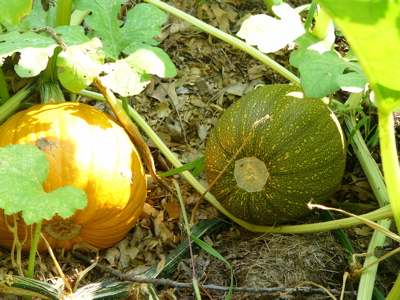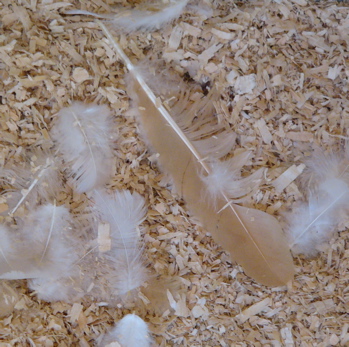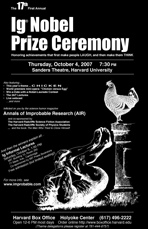Three years ago at a poultry show and swap meet, we were lucky to find and purchase Snowball. The woman who sold her to us said that the hen was a Bantam White Leghorn. Everyone adores this little bird. She loves people, likes to be held, and has the funniest beepy cluck. Of course, when I wrote a children’s book about chickens, she was chosen to be the star. (Snowball Lays an Egg, due out in 2009, published by Scholastic.)
Afraid to have all of my eggs in one basket, I decided that we needed a couple of more Bantam White Leghorns as stunt doubles. Besides, Snowball is so much fun, I wanted more of the same breed. Don Nelson, a poultry judge and breeder from Rhode Island sold me the “party girls” – Eggers and Betsy Ross.
Now, Don knows what a Bantam White Leghorn is supposed to look like, and the party girls are gorgeous. But, put side-by-side with Snowball it’s clear that these chickens are not the same breed. Snowball is rounder, her feathers held at less of an angle, her neck thicker. AND she lays light beige eggs. The real Leghorns lay pure white eggs.
So, what breed do you think Snowball is? I’d still like to find some stunt doubles. But I doubt that I will. Snowball is one of a kind.



